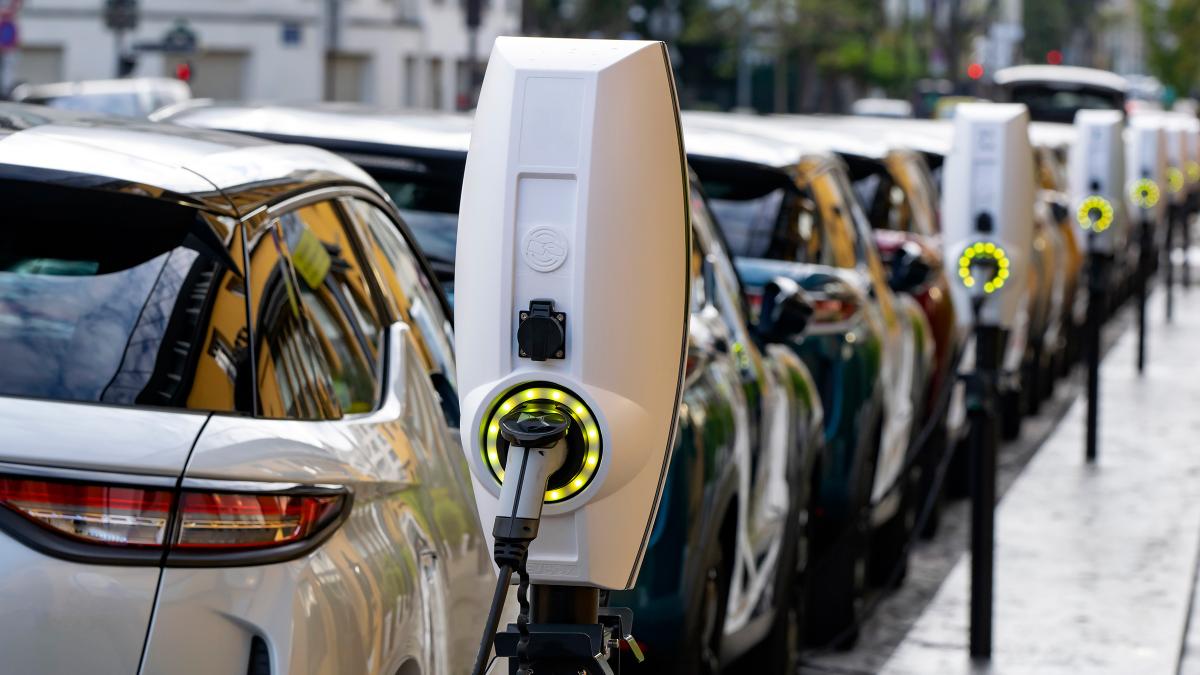nycpermaculture.info – The evolution of electric vehicle zones stands as a beacon of progress in the realm of sustainable transportation, illuminating the path towards a cleaner and greener future. These zones, characterized by a convergence of technological innovations, infrastructural developments, policy initiatives, and community engagements, represent a holistic approach to promoting electric mobility on a global scale.

From bustling urban centers to expansive highway networks, electric vehicle zones serve as hubs of innovation and transformation, offering solutions to mitigate the environmental impact of traditional transportation systems. By fostering the adoption of electric vehicles and supporting infrastructure, these advancements pave the way for a more sustainable transportation ecosystem, driving us towards a future powered by renewable energy and reduced carbon emissions.
Technology Charging :
One of the cornerstone advancements in electric vehicle zones is the evolution of charging technology. From rapid charging stations to wireless inductive charging, significant strides have been made to enhance the efficiency and convenience of EV charging. These advancements not only reduce charging times but also improve accessibility, allowing EV owners to charge their vehicles quickly and hassle-free.
Network Infrastructure :
The infrastructure backbone of electric vehicle zones has undergone substantial development to meet the growing demand for EV charging. With an increasing number of charging stations strategically deployed across urban centers and highways, EV drivers now have greater access to reliable charging facilities. Moreover, the integration of smart grid technologies ensures optimal utilization of electricity resources, minimizing grid congestion and enhancing overall efficiency.
Policy Development :
Advancements in electric vehicle zones are closely intertwined with progressive policy initiatives aimed at incentivizing EV adoption and supporting infrastructure development. Governments worldwide have implemented various measures, including tax incentives, subsidies, and emissions regulations, to accelerate the transition to electric mobility. Additionally, zoning regulations and urban planning strategies prioritize the establishment of EV-friendly infrastructure, fostering a conducive environment for electric vehicle usage.
Connectivity and Automation :
The integration of connectivity and automation features plays a pivotal role in enhancing the user experience within electric vehicle zones. Mobile applications enable EV drivers to locate nearby charging stations, check availability, and initiate charging sessions remotely. Furthermore, automated payment systems streamline the charging process, eliminating the need for manual transactions and enhancing convenience for users.
Energy Management :
Efficient energy management practices are central to the sustainability of zones. Innovative solutions such as energy storage systems and demand-side management technologies help balance electricity supply and demand, reducing peak load requirements and maximizing renewable energy utilization. By optimizing energy usage, electric vehicle zones contribute to the overall decarbonization of the transportation sector.
Partnerships and Collaboration :
The advancement of electric vehicle zones relies on collaborative efforts between government entities, industry stakeholders, and community organizations. Public-private partnerships facilitate the deployment of charging infrastructure, while collaborations with utility companies ensure reliable power supply and grid integration. Community engagement initiatives raise awareness and promote EV adoption, fostering a supportive ecosystem for sustainable transportation.
Environmental Impact :
Electric vehicle zones play a crucial role in mitigating the environmental impact of transportation by reducing greenhouse gas emissions and air pollution. The widespread adoption of electric vehicles leads to significant reductions in carbon emissions and harmful pollutants, improving air quality and public health in urban areas. Furthermore, the use of renewable energy sources for charging further enhances the environmental sustainability of electric vehicle zones.
Adoption and Community Acceptance :
The increasing adoption of electric vehicles and the growing acceptance of electric vehicle zones reflect a shift towards sustainable transportation preferences. EV owners report high satisfaction levels with the convenience and performance of electric vehicles, contributing to positive word-of-mouth and increased interest from potential buyers. Community outreach programs and educational initiatives further promote awareness and acceptance of electric vehicle technology.
Challenges and Future Opportunities :
Despite the progress made, electric vehicle zones face several challenges, including range anxiety, chargin rastructure, and integrating electric vehicles with renewable energy systems, paving the way for a fully sustainable transportation ecosystem.
Case Studies and Best Practices :
Examining successful case studies and best practices provides valuable insights into the effective implementation of electric vehicle zones. From pioneering cities to innovative corporations, various entities have demonstrated leadership in promoting electric mobility and creating EV-friendly environments. By studying these examples, policymakers, urban planners, and industry stakeholders can learn valuable lessons and replicate successful strategies in their respective regions.
Conclusion :
Advancements in electric vehicle zones represent a pivotal step towards achieving sustainable and environmentally friendly transportation systems. Through technological innovation, infrastructure development, policy support, and community engagement, electric vehicle zones are reshaping the mobility landscape and driving the transition towards a cleaner, greener future. By embracing these advancements and overcoming challenges, we can accelerate the adoption of electric vehicles and create a more sustainable world for generations to come.